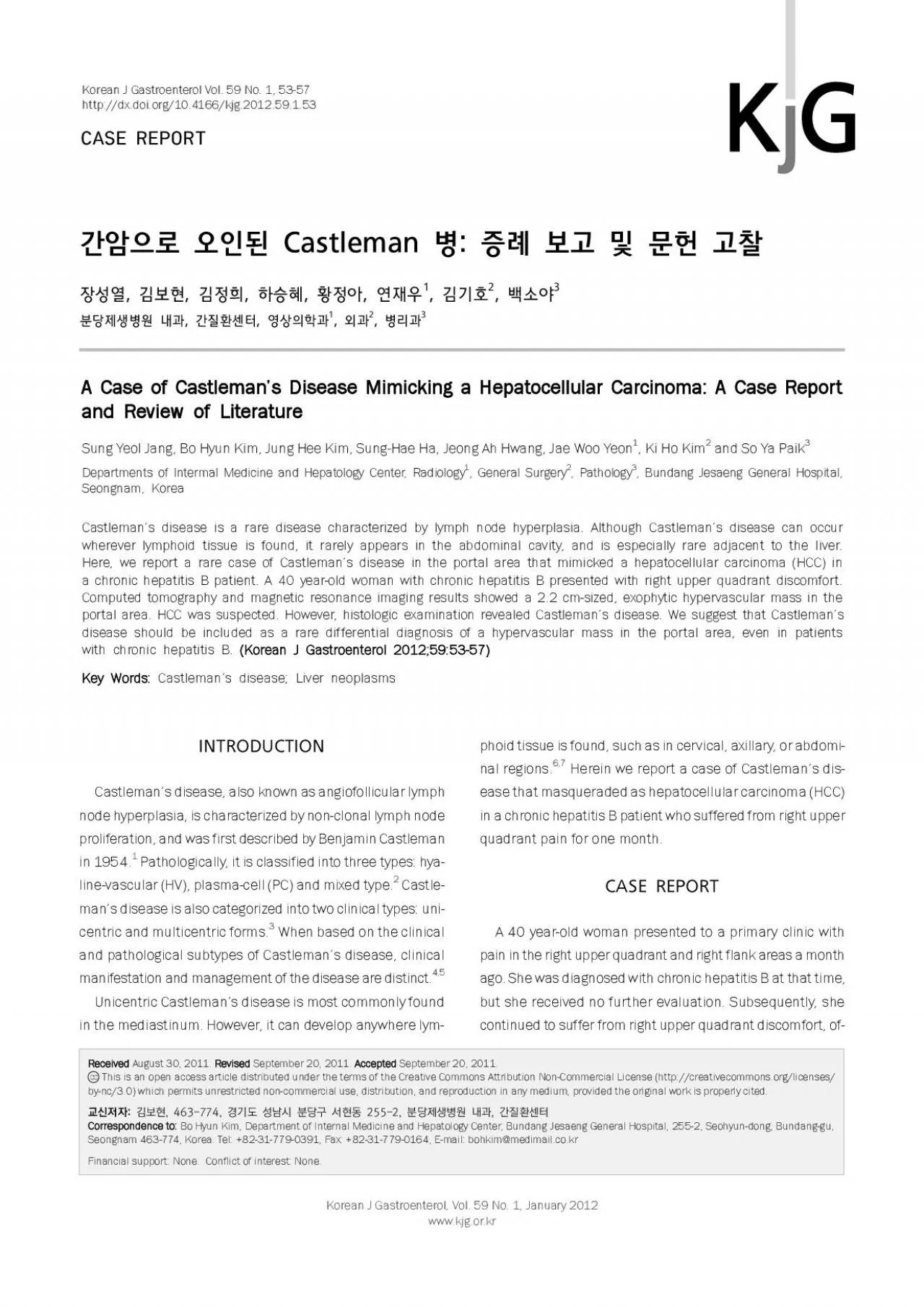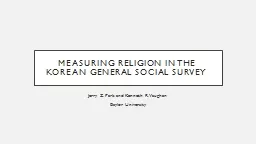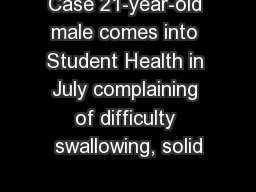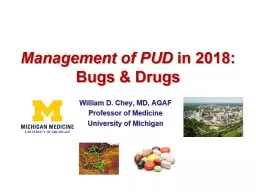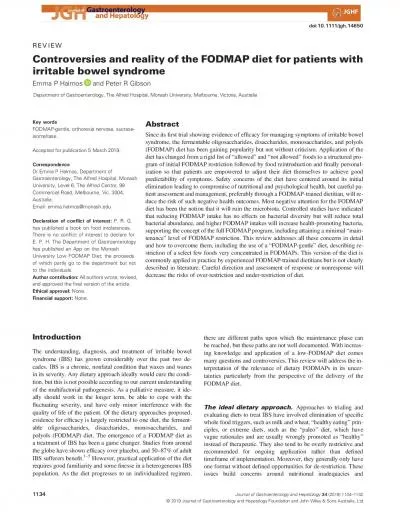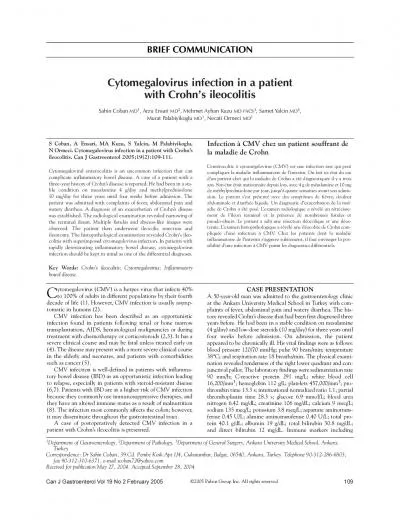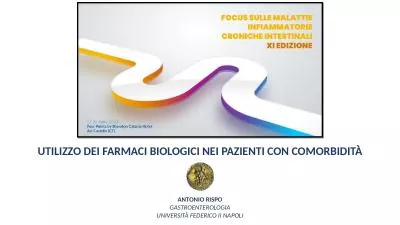PDF-Korean J Gastroenterol Vol 59 No 1 5357httpdxdoiorg104166k
Author : layla | Published Date : 2022-08-21
장성열 등 간암으로 오인된 CastOeman 병The Korean Journal of Gastroenterology Fig 1 Liver CT findings A CT image on hepatic arterial phase showed a 21
Presentation Embed Code
Download Presentation
Download Presentation The PPT/PDF document "Korean J Gastroenterol Vol 59 No 1 5357h..." is the property of its rightful owner. Permission is granted to download and print the materials on this website for personal, non-commercial use only, and to display it on your personal computer provided you do not modify the materials and that you retain all copyright notices contained in the materials. By downloading content from our website, you accept the terms of this agreement.
Korean J Gastroenterol Vol 59 No 1 5357httpdxdoiorg104166k: Transcript
Download Rules Of Document
"Korean J Gastroenterol Vol 59 No 1 5357httpdxdoiorg104166k"The content belongs to its owner. You may download and print it for personal use, without modification, and keep all copyright notices. By downloading, you agree to these terms.
Related Documents

